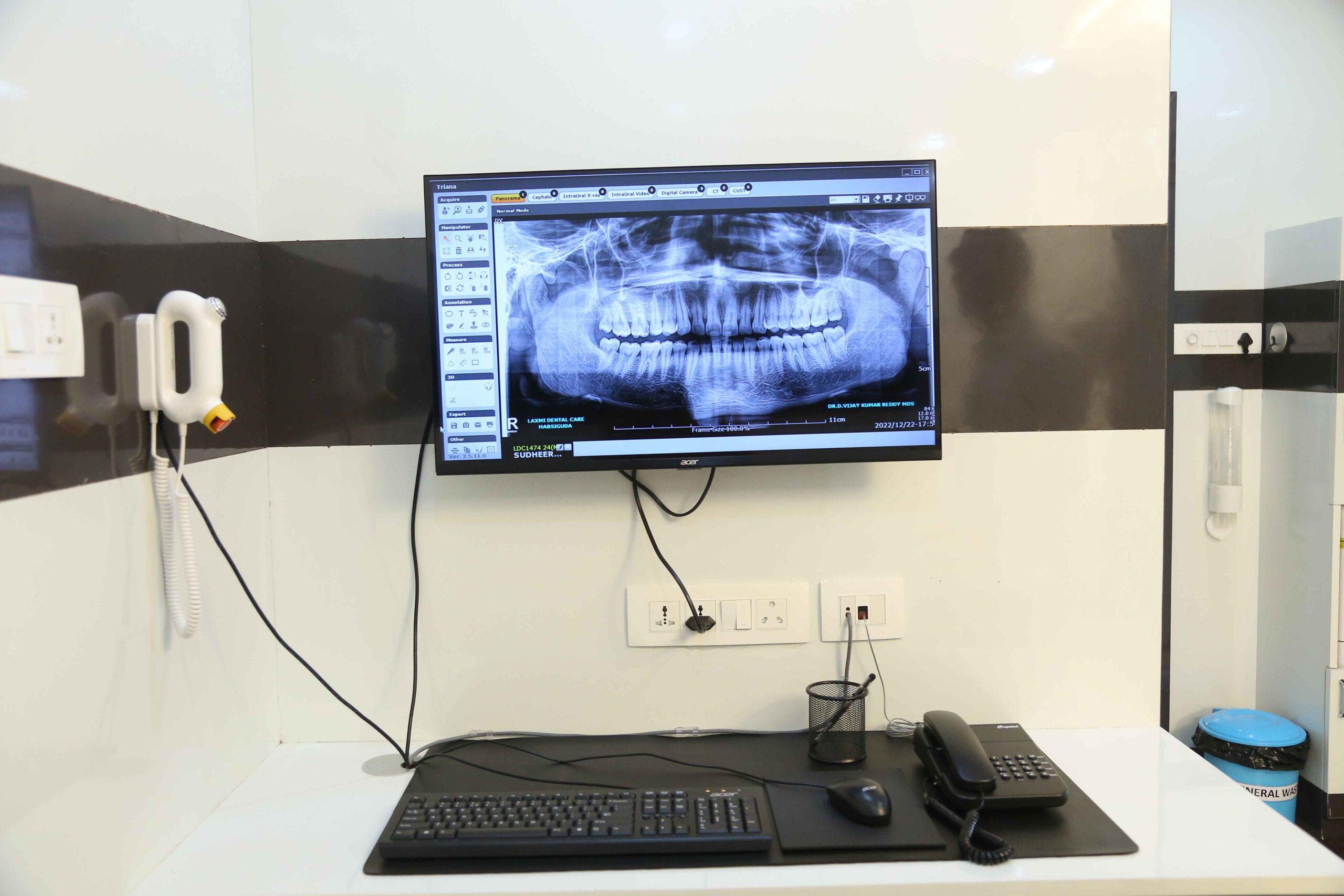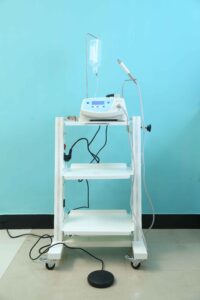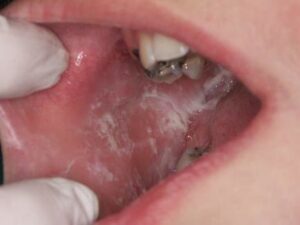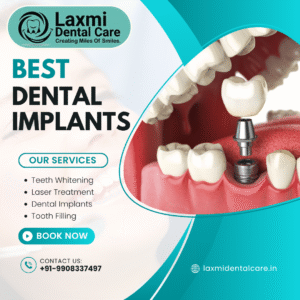A Dental OPG (Orthopantomogram) is a type of panoramic dental X-ray that captures a wide-sweeping view of the upper and lower jaws, teeth, temporomandibular joints (TMJ), and surrounding structures in a single image. It provides a comprehensive overview of the entire oral and maxillofacial region, making it a valuable diagnostic tool in dentistry. Here are some key aspects of Dental OPG:
Panoramic View: Unlike traditional intraoral X-rays that focus on specific teeth, a Dental OPG provides a panoramic or panoramic view of the entire oral cavity. This includes all teeth, both erupted and unerupted, as well as the surrounding bone and soft tissues.
Diagnostic Uses:
Assessment of Dental Health: Dental OPGs are used to detect various dental conditions such as cavities, gum disease, bone loss, and abnormalities in tooth structure or positioning.
Impacted Teeth: They are particularly useful in identifying impacted teeth (teeth that are trapped in the jawbone and unable to erupt properly).
Orthodontic Planning: Orthodontists use OPGs to evaluate the alignment of teeth and jaws, and to plan orthodontic treatment such as braces or Invisalign.
Implant Planning: Dentists use OPGs to assess bone density and structure for dental implant placement.
Convenience: Obtaining a Dental OPG is relatively quick and comfortable for the patient. The imaging process is non-invasive and does not require any special preparation.
Low Radiation Dose: While Dental OPGs involve exposure to radiation, the dose is generally lower compared to traditional full-mouth X-rays.
Use in Treatment Planning: Dentists use the information gathered from Dental OPGs to create comprehensive treatment plans tailored to the patient’s oral health needs. This may include restorative procedures, periodontal treatments, oral surgery, or orthodontic interventions.
Evaluation of TMJ Disorders: Dental OPGs can provide valuable information about the temporomandibular joints (TMJ), helping in the diagnosis and management of TMJ disorders and related conditions.
Follow-up and Monitoring: Dental OPGs are also useful for monitoring changes in oral health over time. Dentists may compare current images with previous ones to track the progression of dental conditions or the effectiveness of treatments.
Overall, Dental OPGs play a significant role in comprehensive dental care by providing dentists and specialists with detailed information about the patient’s oral and maxillofacial anatomy. This aids in accurate diagnosis, treatment planning, and monitoring of oral health conditions.





